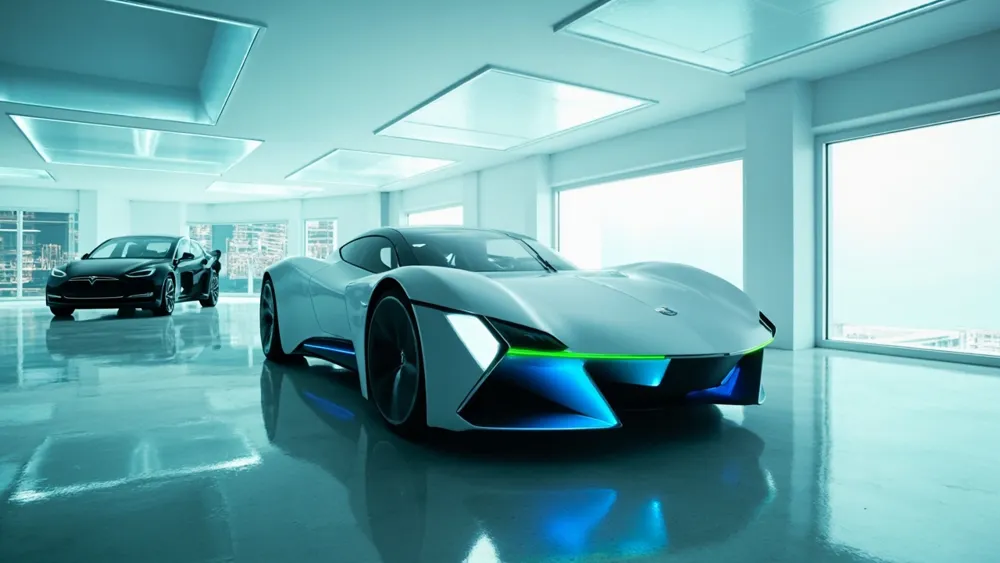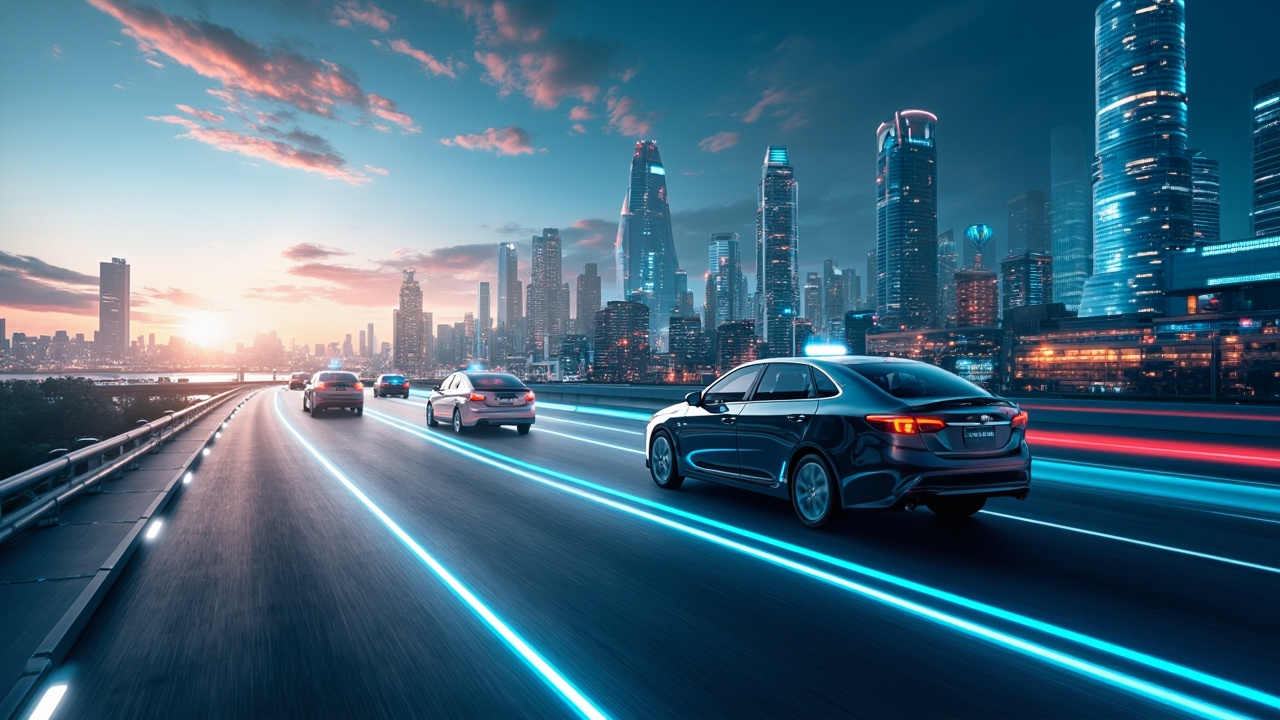Cadillac's EVs draw new buyers, including Tesla trade-ins

In a striking shift within the automotive sector, Cadillac's all-electric vehicle (EV) lineup is drawing a significant influx of buyers, particularly from Tesla's customer base. Recent reports indicate that nearly 80% of purchasers opting for Cadillac's electric models are new to the brand, with approximately 10% of those trading in their Tesla vehicles, including around 25% transitioning from a Tesla to the Cadillac Lyriq SUV this year alone. This trend serves as a crucial indicator of changing consumer sentiment and competitive dynamics as traditional automotive manufacturers pivot toward electrification to secure a foothold in a market increasingly dominated by EVs.
The intrigue surrounding Cadillac's performance lies not just in the numbers, but in broader economic factors influencing automotive preferences. As Tesla grapples with declining sales and consumer discontent fueled by CEO Elon Musk’s controversial political engagements, Cadillac's strategy is effectively capitalizing on these external competitive pressures. Furthermore, the growing diversity in Cadillac’s EV lineup—from the entry-level Optiq to the luxurious $300,000 Celestiq—positions them strategically against rivals in the premium segment. This strategic positioning amplifies Cadillac's ability to leverage consumer dissatisfaction with Tesla, aligning well with evolving customer preferences that prioritize both luxury and the allure of a fresh, diversified offering. However, it is essential to consider that while Cadillac's conquest rate is on the rise, it primarily attracts customers who are not actively cross-shopping Tesla vehicles. This insight might challenge the assumption that Cadillac is merely siphoning off Tesla's established customer base; rather, it raises a pertinent question: Are these customers exiting Tesla due to product dissatisfaction or broader market sentiment? As per data from Edmunds, Tesla models dominate cross-shopping metrics for customers of their brand, signaling that true competition remains yet to be fully realized.
Looking forward, the implications for both Cadillac and Tesla are profound. Cadillac aims to become the leading luxury EV brand, although they are not inclusive of Tesla in this designation. This aspiration aligns with broader industry trends, as consumer expectations for sustainability, performance, and luxury converge in the EV landscape. For institutional investors, this scenario presents both opportunities and risks. While investing in Cadillac might reflect a bullish outlook on legacy automakers embracing EV transformations, investors should remain vigilant about Tesla's adaptive capacity, especially as they navigate political backlash and evolving consumer priorities that could shape future market share dynamics. In conclusion, the shifting dynamics in the automotive ecosystem underscore a critical juncture for legacy manufacturers like Cadillac. The ability to cater to evolving consumer demands while effectively competing against a formidable player like Tesla will ultimately dictate Cadillac's long-term trajectory in the electric vehicle market.
Read These Next

Elon Musk's Robotaxi Announcement: Breakthrough in Autonomy or Over-Promise?
Analysis of Elon Musk's announcement regarding Tesla's robotaxi rollout in Austin, Texas, touching on its significance, competitive landscape, and potential regulatory hurdles.

Armenian Crime Rings Charged with Stealing $83M in Amazon Cargo
Analysis of a significant security breach at Amazon involving a $83 million cargo theft by organized crime, its implications on supply chain security, consumer trust, and potential regulatory scrutiny.

Dongjie Intelligent Technology Group's 2024 Annual Report: Navigating Challenges and Opportunities
This article analyzes Dongjie Intelligent Technology Group Co., Ltd.'s 2024 annual report, focusing on its financial performance, operational trends, and strategic outlook amidst challenging market conditions.
